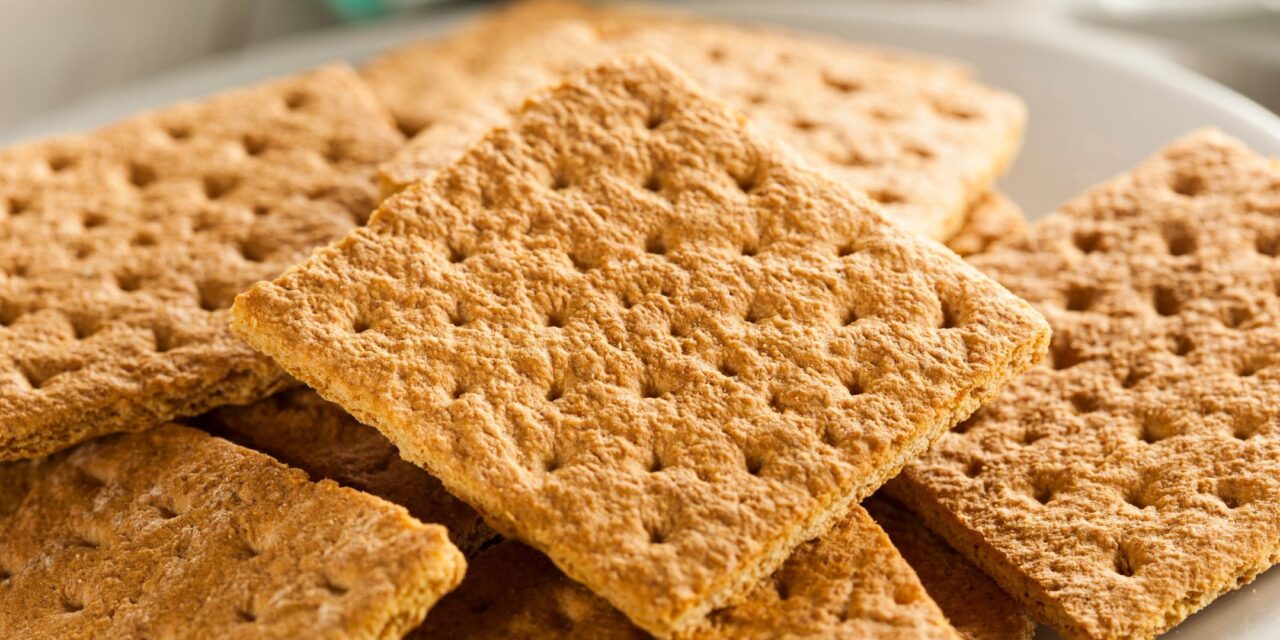Did you know that crackers have holes in them for a reason? Yes, it’s not just for the aesthetics! The truth is that there’s a science behind it.
First of all, the holes in crackers are called “docking” holes. They are made by a machine that pokes small holes in the dough before it is baked. These holes serve a purpose – they prevent the crackers from rising too much while baking. When the dough is baked, it tends to expand, but the holes provide a way for the steam to escape, so the cracker stays flat and crispy.
Texture
But why not just leave the dough as is and let it rise? The answer lies in the texture. Crackers are meant to be crispy and crunchy, not soft and fluffy like bread. By docking the dough, the crackers are kept flat and compact, resulting in that signature crunch that we all love.
Even baking
Another reason for the holes in crackers is that they allow for even baking. Without the holes, the cracker might puff up in some areas and stay flat in others, resulting in an uneven texture and flavor.
Interestingly, not all crackers have the same size or number of holes. Some have larger holes, while others have smaller ones. This is because different types of crackers require different amounts of docking. For example, a thinner cracker might require more holes to keep it flat, while a thicker one might need fewer holes.
In conclusion, the holes in crackers are not just a design choice, but rather a deliberate and essential part of the baking process. Without them, we wouldn’t be able to enjoy the delicious crunch and texture of our favorite crackers. So, the next time you’re munching on some crackers, remember the science behind the holes!
If you liked this article, consider sharing it with your friends and rating it below. Your support means a lot to us.
Thank you!










